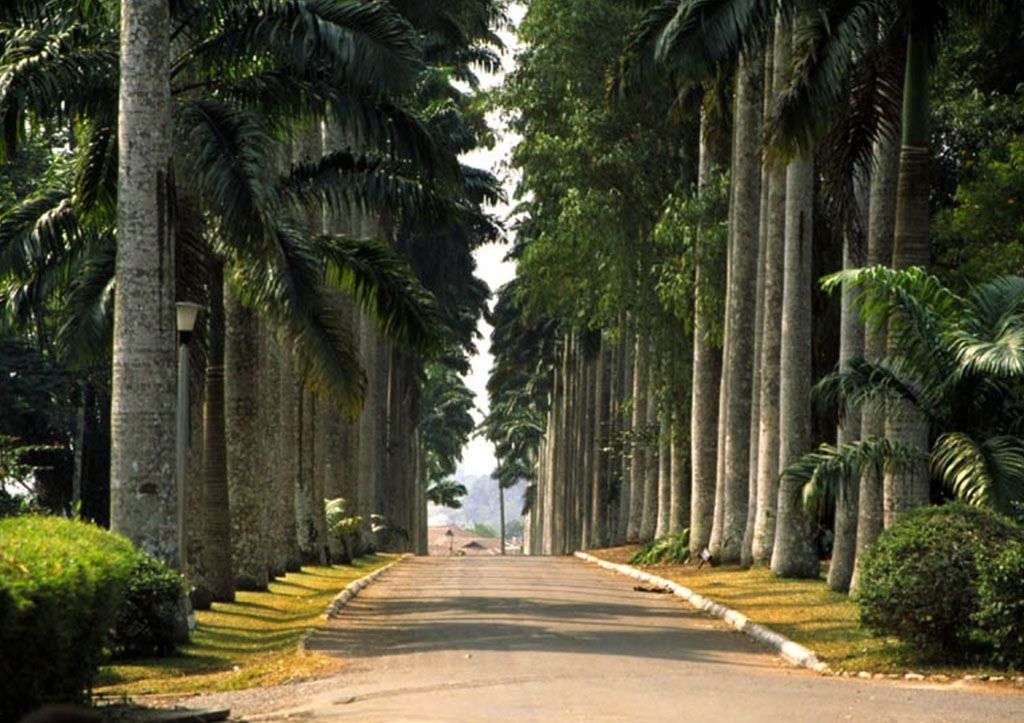
By Kingsley Webora TANKEH
The northern part of the country – Upper East, Upper West, Northern, North East and Savannah Regions – is reeling from the impact of climate change, which is threatening the existence of shea trees.
Shea trees – the ‘cocoa of the north’ – are seeing a very steep decline in production due to the prevailing harsh weather conditions which affect its yield.
Sheanut production has been on a decline over the last decade. According to recent figures, sheanut production has declined 10-20 percent and continues to nose-dive due to the impact of climate change and some other environmental factors.
Against this backdrop, exports keep increasing year after year – gradually rendering the local industry unproductive.
Ghana produces over 150,000 metric tonnes of shea nuts annually. Of this quantity, only about 30-40 percent is processed into shea butter domestically. The rest is exported as raw nuts, mainly to Europe, for refining.
Due to the COVID-19 pandemic, in 2020 sheanut exports dropped slightly. Only 75,000 metric tonnes worth US$70million made it out of Ghana. However, in 2021 sheanut exports upticked again and has been increasing ever since. 85,000 metric tonnes of sheanuts valued at US$80million was exported in 2021, while in 2022 over 90,000 metric tonnes of sheanuts and shea butter worth approximately US$90million – which could have been refined in-country to derive the highest value – slipped out of the country.
The Ghana Shea Employers Association (GSEA), responding to this worrying trend, in a press conference renewed calls for an immediate ban on the export of raw shea nuts; citing the growing threat to local processors, value chain actors and the broader economy in Northern Region.
“This situation is negatively affecting pickers, processors and local businesses, many of which are women-led. The resulting market distortion is collapsing the local shea economy,” the association lamented.
The shea industry players express worry over the export of raw shea nuts without value addition and the less investment in the country’s shea value chain to create opportunities for Ghanaians.
The association is therefore calling for participation by foreign investors, on condition that they establish processing factories in Ghana to promote job creation and boost domestic revenue.
Sheanuts, being one of the country’s leading non-traditional agricultural exports, present an opportunity to improve the incomes of rural females in northern Ghana, helping to reduce the north-south development gap
The global market for shea butter is estimated at US$2.75billion and projected to reach US$5.58billion by the year 2033, growing at 6-8 percent annually.
However, low yield and the surge in foreign demand is said to have contributed to significant price increases at the community level, which is stifling local industry growth and presents a challenge to the entire value chain.
For instance, a 2kg bowl of shea nuts sold at GH¢12 in 2023 and then GH¢14 in early 2024. However, due to the meddling of middlemen and unregulated market activity, the 2kg bowl now sells at GH¢60.
The Ghana COCOBOD, tasked to control the commodity’s price, has done little to avert price fluctuations and middlemen activity.
This price hike looks impressive. However, these vulnerable sheanut pickers from the north, who are predominantly women, are continually being exploited by middlemen.
Apart from climate change, the shea industry – unlike cocoa – lacks much-needed support such as incentives for farmers to grow and produce more nuts.
This leaves the local industry struggling to source sheanuts to sustain their production, while a chunk of the country’s produce is shipped raw to multinational companies outside. These companies then make finished goods and sell back in Ghana at high prices.
Derived from sheanuts, Shea butter is a valuable commodity used for cooking, fabricating cosmetics, in pharmaceuticals and as a substitute for cocoa butter in chocolate production. It is a significant export product for Ghana, which is one of the world’s largest producers.
Evils of the climate menace have also made life unbearable and frustrating for people living in these areas, with ripple-effects on the entire country.
From the stifling heat that often comes with outbreak of Cerebrospinal Meningitis (CSM) and trees dying, the impact on economic lives of the people, who are predominantly peasant farmers, is glaring.
Rain patterns have become erratic and short-lived, thereby causing intermittent drought.
This is taking a toll on peasant farmers who rely heavily on seasonal showers for their farming activities.
Since these regions serve as the country’s food-basket, a little shake-up there impacts food prices.
The drought that ravaged the north during the 2024 crop season shot food inflation off the roof toward the end of last year. This shows how integral the north is when it comes to food security in Ghana.
Yet there has not been a deliberate and consistent effort to irrigate the north and promote dry-season farming as a viable means to shore-up the country’s food supply.
Rather, it is one failed initiative after another – and the situation is worsening each passing day.
The ‘One Village, One Dam’ initiative that was seen as a panacea for this perennial problem did very little to improve the situation. Its poor implementation led to some of the dams drying up in the early months after the raining season, taking farmers back to square one.
Left with no economic activity for nearly six months of no rain – a half-year of no farming – these vulnerable farmers expend their meagre incomes on food supplies and other basic necessities after the drought ravaged their yields. This impacts their livelihoods severely.
More disturbingly, droughts have become a common phenomenon due to global warming in recent years.
The effects of climate change is not limited to only food crops. Deep-rooted trees also succumb to the ever-rising temperatures.
With a thickened bark and toughened for the savannah’s extreme weather, the shea tree depends on seasonal rainfall. It starts bearing fruit after 10 years and reaches full production after 20 years – with a lifespan of between 200 to 300 years.
However, the ever-rising temperature – which clocks above 40 degrees in peak summers – affects not only the production yield of these shea trees but causes some of them to expire inthe sweltering heat.
Cultural practices have also contributed to the challenges facing sustained shea production. In many shea-producing communities it remains taboo to cultivate shea trees, with a long-held belief that anyone who plants a shea tree will die once it begins to bear fruit.
Regrettably, limited efforts have been made to dispel this myth… resulting in continued reliance on wild shea trees and hindering the systematic cultivation of this valuable economic resource.
Environmental degradation linked to unregulated harvesting, deforestation, rampant bushfires, logging of shea trees for firewood and production of charcoal and destruction of shea tree farms for large-scale agriculture are threatening biodiversity and accelerating climate change.
Shea trees, being significant sources of carbon storage, are crucial for mitigating climate change and conserving biodiversity. Shea parklands are rich in biodiversity and possess significant potential for carbon sequestration.
The Green Climate Fund (GCF) funded the Ghana Shea Landscape Emission Reductions Project, aimed at restoring degraded savannah forests – but it has yet to achieve its purpose. Despite the fact that it has been implemented for almost five years and is left with just three years to completion, the project has yet to fully restore appreciable forests in the savannah.
Cocobod estimates that there are approximately 94 million shea trees across the savannah in Northern Ghana. While the entire West African region is home to approximately one billion shea trees.
The post Shea industry on brink of collapse, as harsh conditions ravage trees appeared first on The Business & Financial Times.
Read Full Story








Facebook
Twitter
Pinterest
Instagram
Google+
YouTube
LinkedIn
RSS